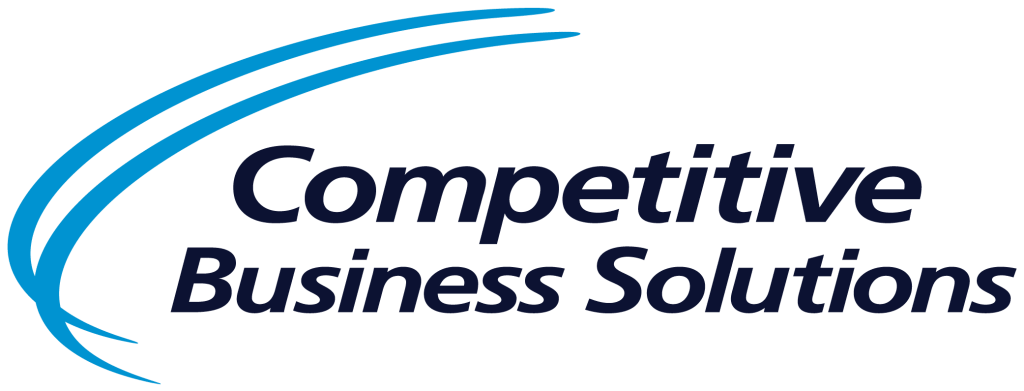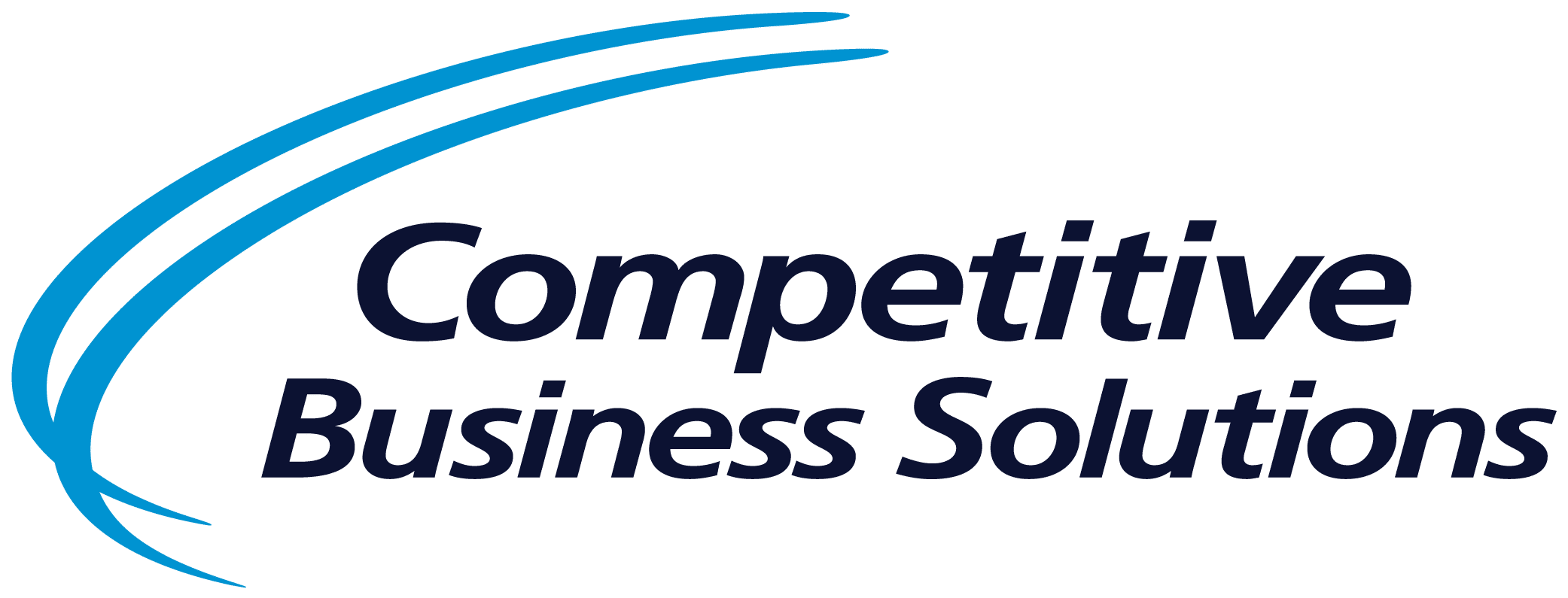
Managing Manufacturing Operations Remotely
The COVID-19 pandemic has impacted nearly every facet of our lives, particularly, our work lives. Keeping operations “up and running” is a concern for almost every business across the country. The pandemic has forced most businesses to determine which roles can be done remotely and which need to be done on-site. For manufacturing businesses, this results in tough questions, such as:
- What roles and activities stay in the factory?
- How do you effectively move activities out of the facility?
- How do you manage the shop on a day-to-day basis?
The CBS Team has well over 25-years in operations management and consulting. As a result of our deep experience in manufacturing and industrial operations, we have developed some pivotal tools that can help answer these questions.
A word of warning: There is no cookie cutter approach. Each business is unique, and we recommend that you consider all limits and challenges when moving activities from your plant to a remote location. These constraints include customer needs, the physical space available, regulations, personnel, equipment, etc…
I. What stays, and what can move off-site?
To answer this question, you must:
- Clearly understand your customer’s needs.
- Go to the place of work (the Gemba), observe operations, and interview your team. Inventory all meetings and critical interactions. Know your current state for daily operations.
Once you understand your current state, determine what activities must stay on-site. Evaluate the functions and activities for all key roles in your shop. Some roles will be quite obvious. Assemblers, inspectors, crane operators, shipping/receiving personnel—their jobs offer little flexibility for remote work. Other roles, particularly leadership and support roles, offer some flexibility. This evaluation should be structured and collaborative. Here is a sample set of criteria to help make the stay-or-go decision. For each role and activity, ask if the work requires:
- Use of plant resources (equipment, material handling, inspection, etc…)?
- Access to on-site information systems that cannot be accessed remotely?
- Handling and/or processing parts and materials that must be secured on-site?
- Actual on-site inspection and measurement of deliverable parts and assemblies?
- Material reviews that must be done in the presence of the part or product?
These criteria normally show that most of your “touch labor” roles and direct support (Inspection, Quality Engineering, Planners, Shipping/Receiving) will stay at the facility.
Next, determine which critical meetings and interactions must stay on-site. For the remaining roles in your manufacturing operations, inventory all meetings and interactions.
- Determine which tasks, interactions and meetings must be on-site or face-to-face.
- Identify all actions that must be done in the manufacturing shop:
-
- Assembly, material movement, machine and facility maintenance, essential inspections, and tool crib activities
- All tasks that require “eyes on” review and inspection of parts and assemblies: QA, inventory counts, … etc.
- Tasks that necessitate your personal attention and presence
- Evaluate all other interactions and meetings:
-
- Are they essential? This is a good time to “clean house” and eliminate redundant or unnecessary meetings.
- Who participates? Take this opportunity to drop the seat-warmers.
- What adjustments are needed to shift to a remote meeting format?
- Access to data and metrics
- Need for visual review of issues or operations
- Availability of on-line meeting tools, like Microsoft Teams, Ring Central, Adobe Connect, Zoom, Go-To-Meeting
- Timing—evaluate schedules and streamline the timing and frequency of these meetings and interactions.
For all necessary tasks, checks and meetings, ask the following: Can they be done remotely? If so, what actions must be taken: Is it a technology, training, or accountability hurdle?
II. How do you effectively move activities out of the facility?
Many remote meetings will not require access to the shop floor or to actual parts/assemblies. Meetings like Steering Committees, budget reviews, production planning, and some Material Review Boards (MRBs) can be done remotely with the right preparation. Technology has afforded most companies options that nobody thought possible before COVID-19, like WebEx audits, customer interactions and even product reviews. While these options may not be as efficient as face-to-face interaction, with creativity and the proper planning, these kinds of meetings are possible.
Once the remote meetings are identified, determine how they need to be facilitated. Meeting leaders should identify standard agendas, required preparations and desired results for each meeting. Teams need to identify all the data, metrics and analysis that must be completed beforehand to make the meeting effective.
Most companies have remote access to e-mail and company files. This connectivity needs to be expanded to access ERP/MRP systems, databases, and report-writing capabilities. Work closely with your IT Department to expand off-site access with the correct level of security. Leverage existing systems to enhance the remote work. Microsoft’s Teams and SharePoint applications are extremely helpful for remote teams to work effectively together.
If not already in place, create a standard set of daily, weekly, and monthly metrics for all operations. Metrics may already be in place, but not tracked electronically. Migrate these metrics to online dashboards. We promote a standard set of metrics for all production operations, including:
- Safety (recordables, first-aids, near misses, … etc.)
- Quality (first pass yields, % rejects, … etc.)
- Productivity (inputs vs. outputs—parts/labor hour)
- Delivery (on-time delivery-to-schedule, MRP, program, … etc.)
- Cost
- People (attendance, % on-time to work, # of people trained, certified or cross-trained)
-
-
Adjust the all relevant metrics to fit your operations.
Online / remote meetings need some structure to be effective. For example:
- Coach all your people working remotely to designate a place in their home that allows them to focus and work effectively. This is very important for meetings and client interactions.
- Ensure your employees have adequate internet access—the company may need to provide funding to set-up or upgrade connectivity for some employees.
- Establish standing rules for all meetings. In the remote environment, it is critical for all meeting leaders to diligently prepare. Before each meeting, the lead should provide each participant with:
- Objectives
- An agenda
- Supporting documentation and data
- Desired results (a decision, review, update, … etc.)
- Required attendees—if a required attendee cannot attend, designate a proxy or stand-in
Recognize online meetings have some unique challenges. There is a time lag with speakers, so allow for a pause. The meeting leader should act as a moderator and ensure everyone participates and no one is ignored. Avoid PowerPoint or lengthy presentations. If a long presentation is necessary, the meeting scope may be too broad. Stick to the agenda—use a “Parking Lot” to gather issues not germane to the particular meeting. Lastly, do not punish the punctual. Stick to the agenda; start and end on time.
III. How do you manage the shop on a day-to-day basis?
The changes we will see our work environments will include social-distancing, diligent cleaning regimens, new rules for Personal Protective Equipment (PPE) and employee screening (if necessary). Some work practices that you should continue, or restart include daily stand-up huddles, production control meetings and Gemba walks. Track operations performance with your set of standard metrics. When needed, involve remote support personnel. Ensure all data and production inputs are accurate and up to date. Your remote personnel are at the mercy of this data integrity.
For all other remote activities, establish routines. Build a cadence or pace of work for all remote activities and personnel. This is often referred to as Leader Standard Work (LSW). Toyota defines Standard Work as work content, sequence, timing (or Takt) and expected outcomes. Think of this in terms of the roles of support and leadership personnel. Ask each employee to build a weekly work plan with a schedule, work activities and scheduled deliverables for each day. These work plans should be based on their LSW—their standard set of repeated activities and meetings for each week. Communication is key. Schedule weekly touchpoints with all subordinates. Review their workplans and discuss next steps along with any anticipated obstacles.
The challenge of successfully running a production operation will be the balance of managing on-site production and off-site personnel. Standard metrics and standard work will be the foundations for success. These routines along with a communication regimen will keep your remote resources engaged and effective. The leader’s role is coordinating these resources to meet your customers’ needs.
Latest Insights
Sign up to receive our latest insights!
"*" indicates required fields




